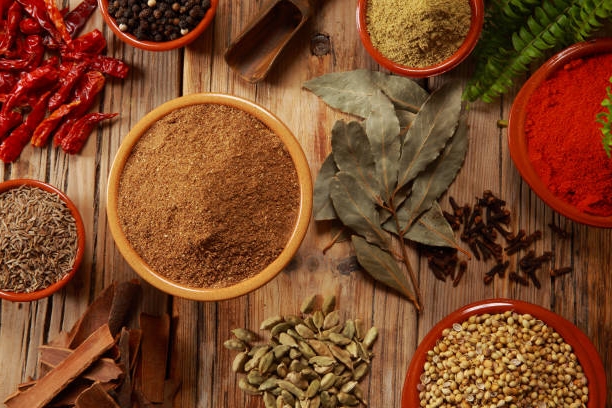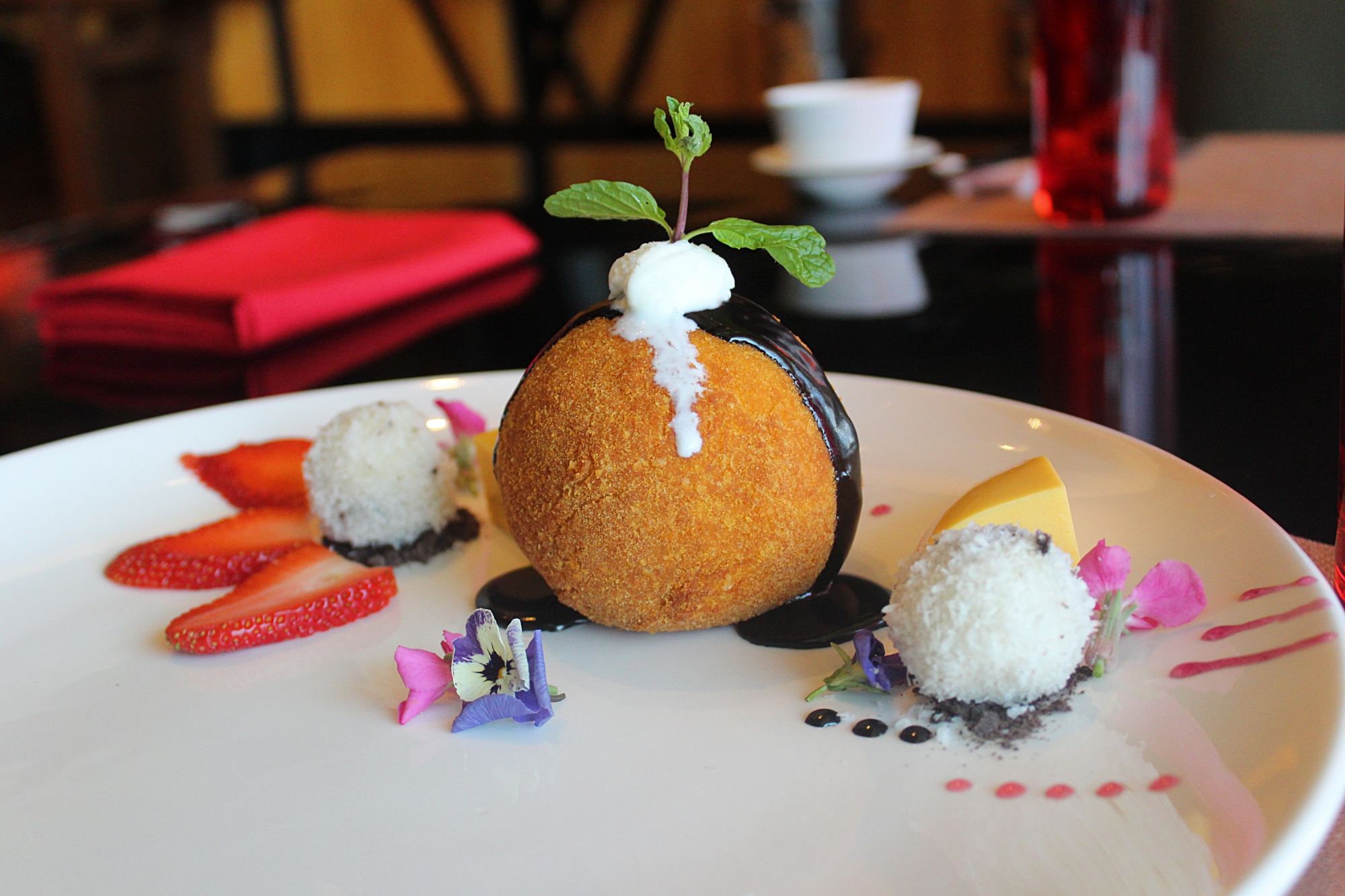The scarlet charm of Mathania chillies lends flavour to these royal recipes!
These Mathania chillies recipes have survived since they were a coveted item in monarchial kitchens. Today some of Rajasthan’s palace-turned-hotels have made these available to the public.
No other Indian state compares to Rajasthan in terms of its regal heritage. Be it the stone steps that connect the palace’s many floors, ancient wall paintings staring at you underneath arched Jharokhas, and the oversized dining rooms where the royal family once relished the flavours specially curated for them — all tell the tales of its past. The most-sumptuous way to experience the royal past is to meander through the narrow passageways of the palaces, touching the sandstone walls, followed by devouring a piece of history straight from a gold cloche.
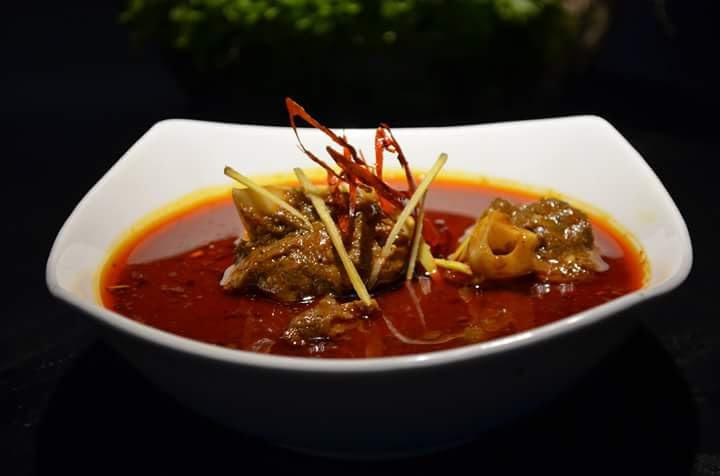
Here, I bring you a few of Rajasthan’s unique Ghosht recipes that are best prepared at some of its palace-turned-hotels that still have the original recipes on hand. I tasted these recipes at Bikaner’s Laxmi Niwas Palace, Khimsar Fort’s kitchen, and Marugarh Fort’s grounds, and now it’s all yours to keep and savour.
Table of Contents
Laal Maas (Red Meat) at Laxmi Niwas Palace
Favoured by Mewar rulers, Lal Maas was typically consumed on hunting expeditions by Rajput monarchs in the 10th century. Originally prepared with meat from deer, wild boar, or jungle fowl, the dish now sees only lamb and red chillies as its main ingredients. An entourage of royal chefs always followed the fleets in that era since the royals’ taste buds required indulgence. During one such expedition, a royal cook cooked a hot stew with Mathania chillies to please the then-king of Mewar, leading to the invention of Laal Maas which moved from royal kitchens to humble homes in time. Laal Maas picked up the monozygotic fragrances of clay spices from its chulha-based origins.
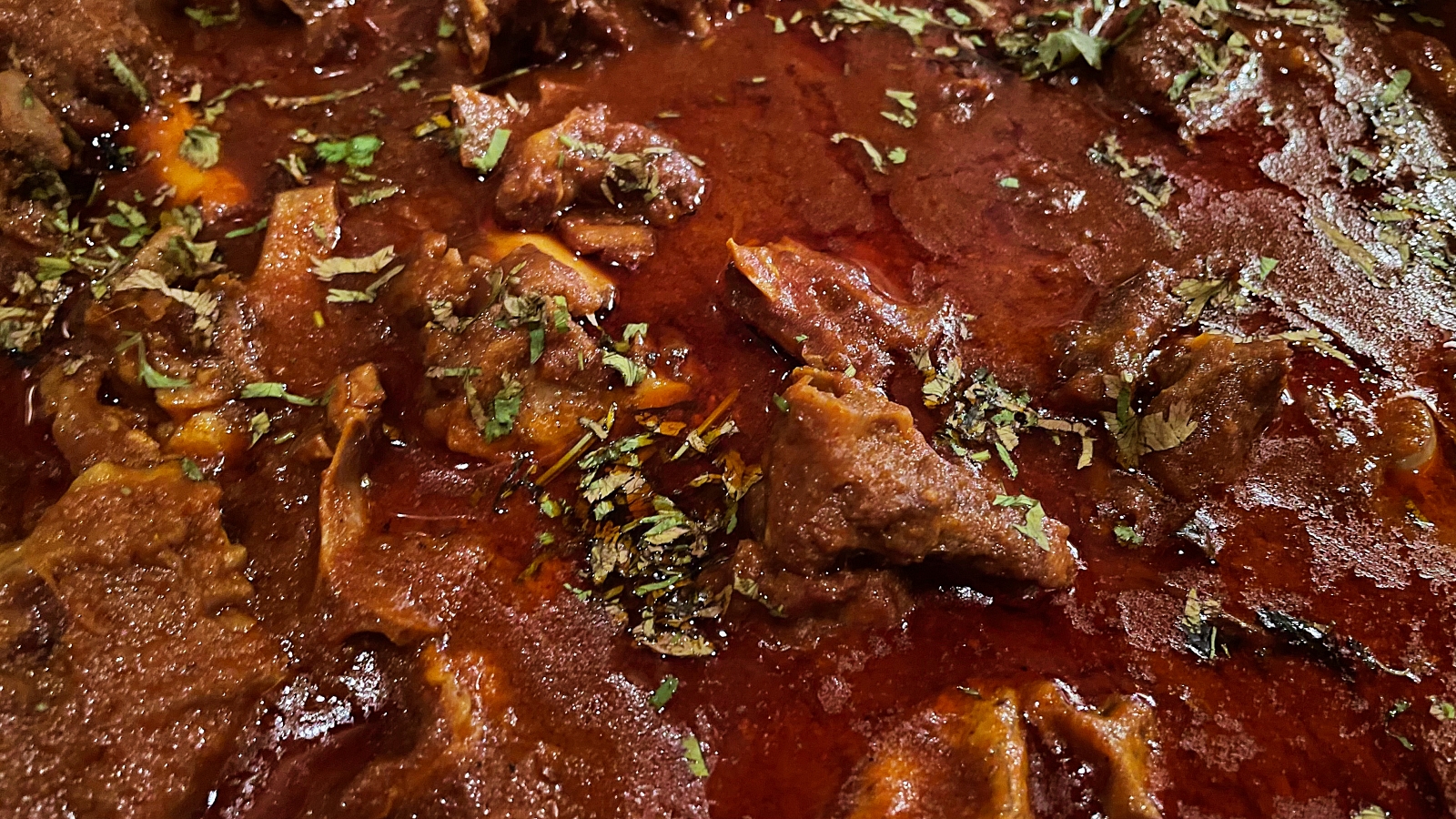
While the royal family of Mewar’s recipe is still considered to be the best, the majority of Rajasthani homes now follow their own variations of Laal Maas. As luck had it, I tasted this tender dish packed with myths and earthiness at the Laxmi Niwas Palace in Bikaner, and they made me taste a slice of sweet and spicy Mewar heritage. The only ingredients required for a traditional Laal Maas recipe are goat or lamb meat, considered use of spices, Mathania chillies, and no additional thickening ingredients. To prepare this dish at home, first, rub the chunks of lamb or mutton with spices and Mathania chillies.
Continue to cook the mutton pieces in ghee until it reaches a chewy consistency. Then, depending on the desired gravy consistency, coat the meat chunks in a mixture of chillies, ghee, garlic, spices, and yoghurt. Slow-cook the meat for an hour or two. Mathania chillies from Jodhpur’s Mathania village give the Laal Maas their distinct red colour and flavour. These chillies are generally hard to get outside of Rajasthan. To intensify the piquancy of the dish, Mathania chillies are mixed with more widely accessible, spicier red chillies.
Well, this recipe is ‘definitely’ not for the faint of heart, for, according to another folktale, Mathania chillies are grown on burial grounds because the inhabitants feel it enhances the flavour of the spice. At Laxmi Niwas Palace, the Ghosht is cooked with Gulmohar flowers and that’s one of the secret ingredients to their royal recipe.
Royal Junglee Maas at Khimsar Fort
Junglee Maas is reminiscent of the bygone era when Rajasthani royalty would embark on their multi-month hunting expeditions. The khansamahs (royal chefs) who worked in the Mewars’ kitchen in Rajasthan invented both Laal and Junglee Maas during such hunting adventures. To cook the day’s game in the wilderness, the hunting squad would often carry a handful of ingredients like whole spices, ghee, salt, and dried chillies. And this is exactly how the dish’s name came to be!
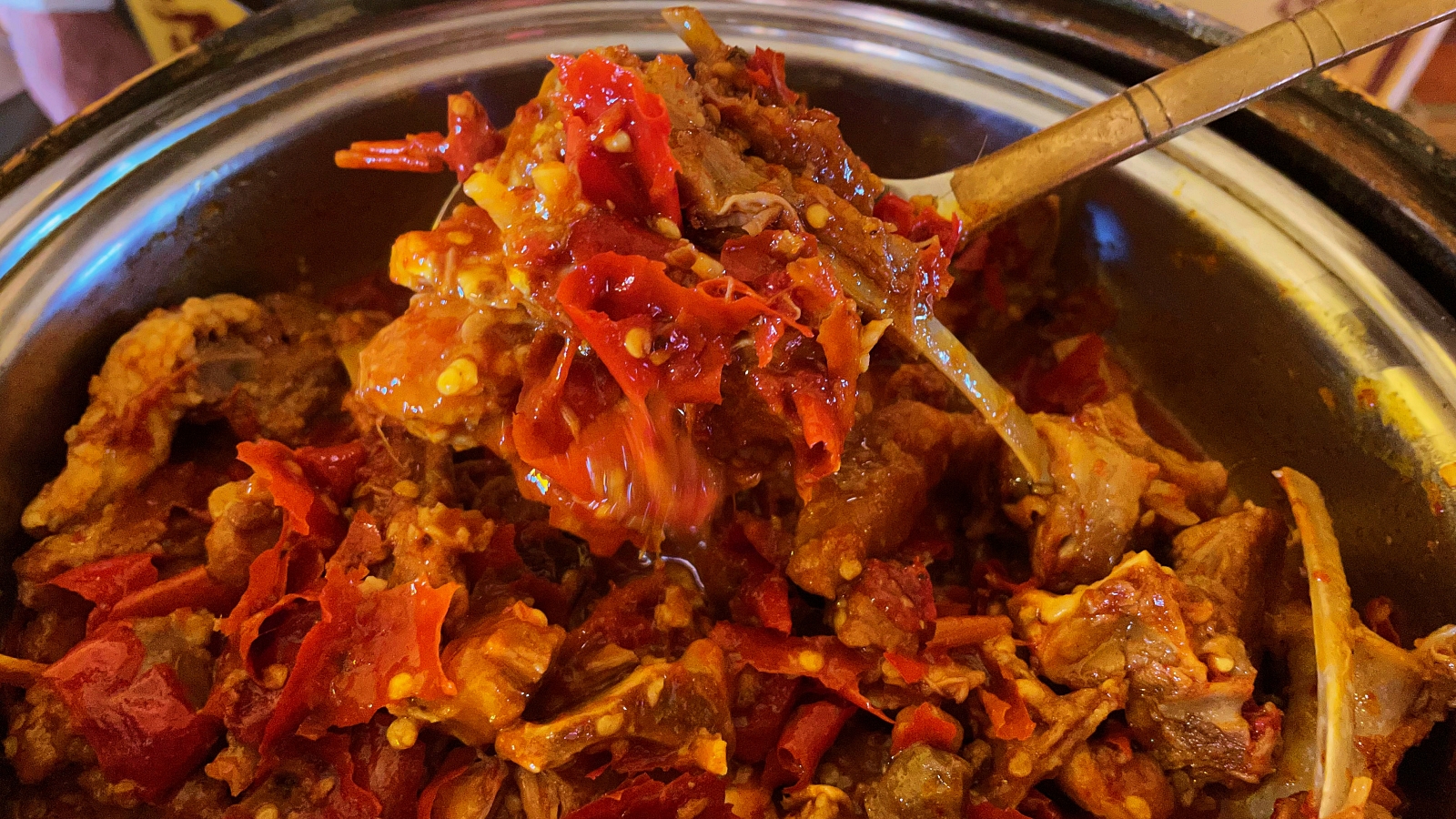
I tried the Junglee Maas prepared in the Khimsar Fort kitchen using a centuries-old recipe formerly served to the Maharajas who lived here. Perhaps the royal ancestors who still reside in a segregated area of the fort enjoyed the same flavours as I did today of the Junglee Maas. To make 1 kilo Junglee Maas at home, use 1 kg of curry-cut mutton, 250 g of desi ghee, 10 Mathania dried chillies, Turmeric Powder, Garlic pods, Green cardamom, Coriander seeds, Star anise, Black pepper corns, Javitri (Mace), Bay leaf and salt to taste. Add half of the ghee to the wok, and add the mutton once the ghee has heated up.

Twenty-five minutes of medium-high heat sautéing, then throw in pre-boiled Mathiana red chillies and give it a nice stir. Add salt and other ingredients, and simmer the mutton over low heat in a covered pot until comprehensively cooked. Every 15-20 minutes, uncover, toss it, if necessary, add some water, add a half-spoon of ghee, cover, and continue to simmer. Leave out the water. Allow the meat to simmer in its juices for about two hours. Serve the hot Junglee Maas with any bread.
Khad Ghosht at Marugarh Resort
The Khad Ghosht, or Khad Khargosh in its original name, is one such grand feast of the city of royals. The meat delicacy is highly noteworthy, not only, for its rich and flavourful taste but also for its meticulous and time-consuming preparation in underground pits! It was a practice employed by soldiers in Rajasthan who cooked mutton in trenches excavated beneath the ground to secure their location. Khad Ghosht calls for marinating the lamb before wrapping it in multiple layers of uncooked roti, banana leaf, foil, and finally, a jute gunny bag before burying it in a pit topped with charcoal fire and mud.
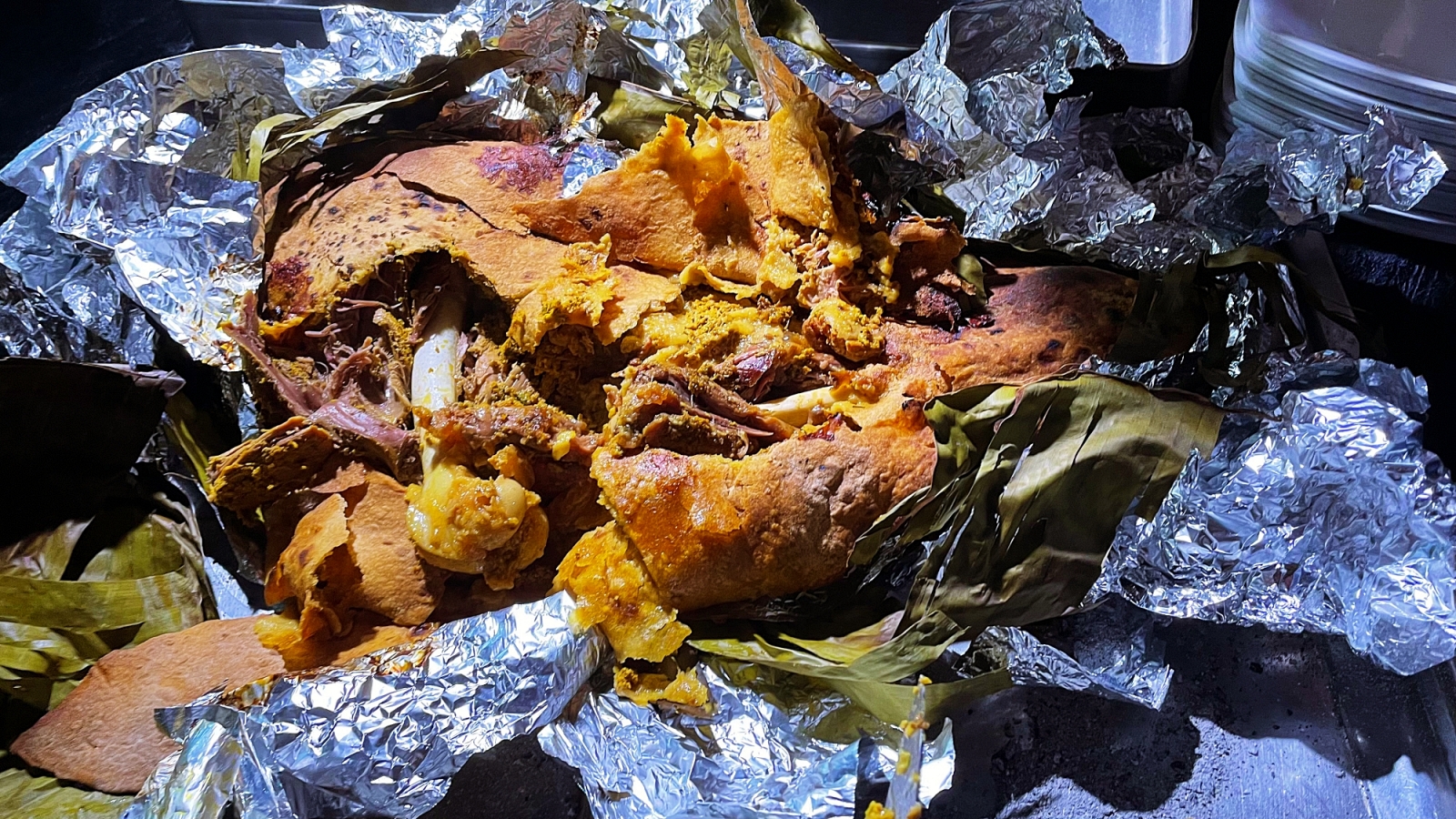
Use 1 kg lamb, 1/2 kg potatoes, 250 gm butter, 700 gm onions, 250 gm yoghurt, ginger-garlic paste, coriander powder, freshly ground Mathiana chilli powder, turmeric powder, lemon juice, and coriander to garnish as the ingredients. Marinate the lamb in a mixture of all the spices and slow-cook for five to six hours. For centuries, the royal cooks of the Rajputanas prepared the game meat in the same process in the lap of the wild. However, due to its demanding preparation; the dish progressively faded from the local scene. Consequently, I was delighted to sample this dish at Marugarh Resort, which made special arrangements to cook Khad Ghosht for me the way it was readied centuries ago in a coal-stacked pit.
Rajasthan has managed to preserve much of its former splendour through its royal forts, traditional culture, and, most notably, its native cuisine. Each of these delicacies, whether Laal Maas, Junglee Maas, or the distinctive Khad Ghosht, has its allure and is best savoured at the venues having access to Mathiana chillies and traditional recipes.


